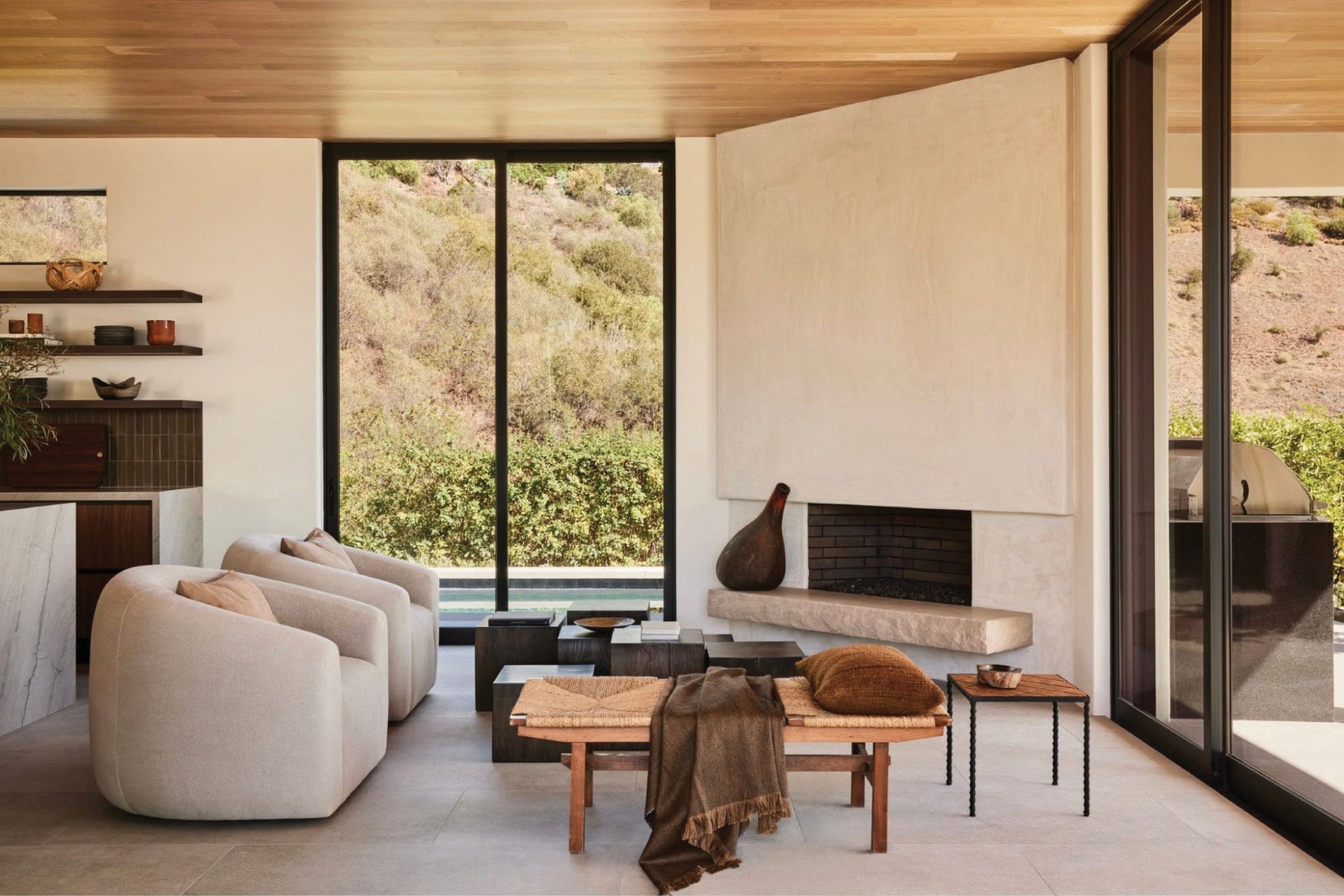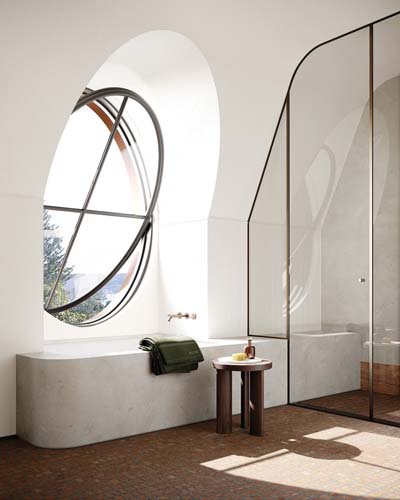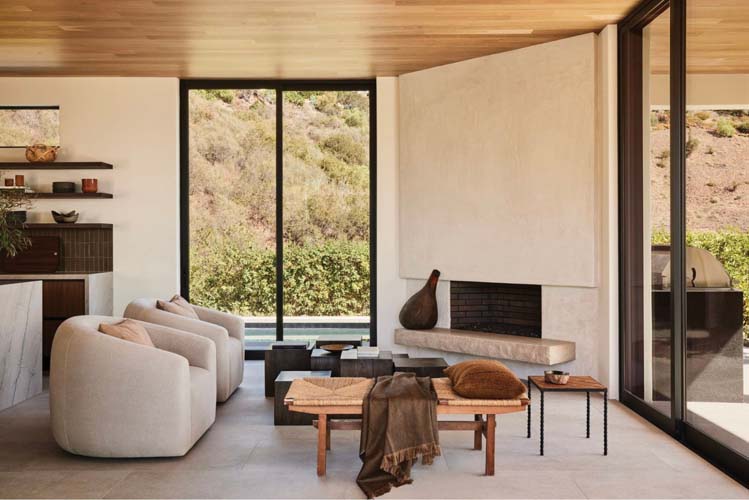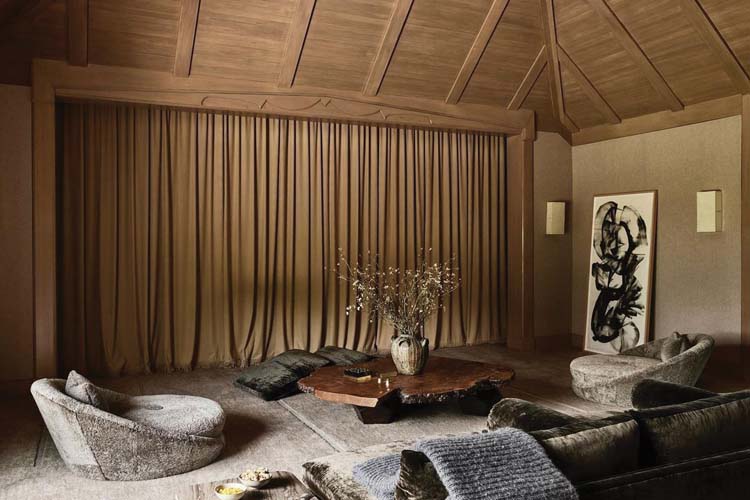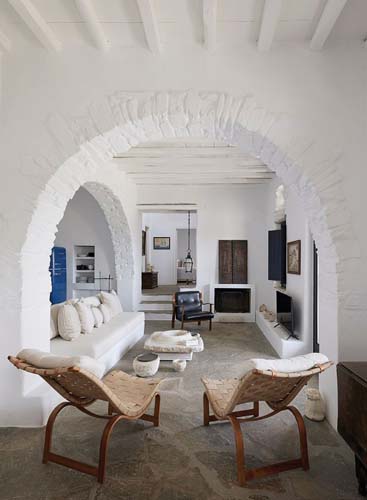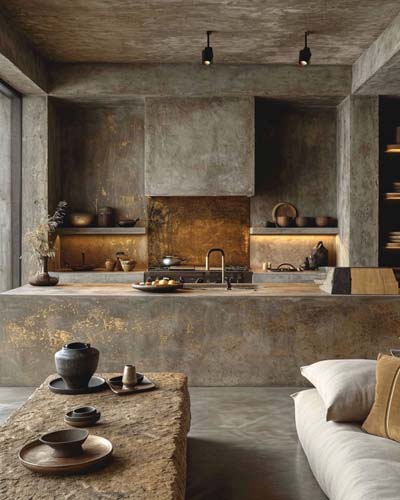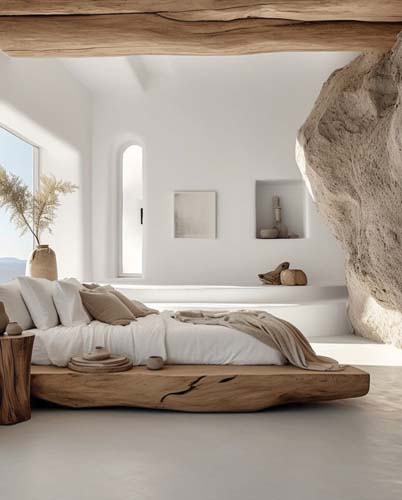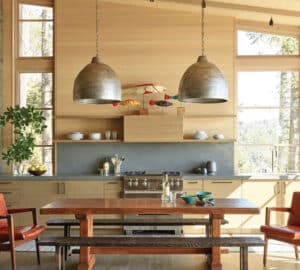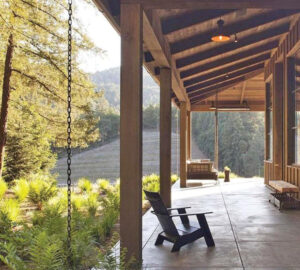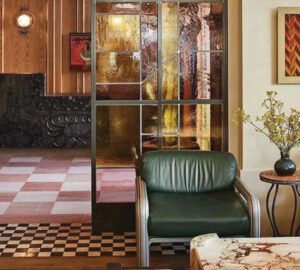You might have heard the term “wabi-sabi” floating around the design world or seen it applied in cozy, serene spaces that feel like a warm hug. Wabi-sabi isn’t just a design trend; it’s a philosophy that celebrates the beauty in imperfection, the natural cycle of growth and decay, and the simple joys of life—and it’s been on the scene for a while now.
1. What is Wabi-sabi in interior design?
At its core, wabi-sabi is about finding beauty in the “imperfect, impermanent and incomplete.” Originating from Zen Buddhism, it’s a concept deeply rooted in the acceptance of transience and imperfection. In interior design, wabi-sabi creates spaces that are minimal yet rich with texture, history and natural beauty. It’s a counter-narrative to the modern world’s pursuit of perfection, offering a breath of fresh air to those who embrace it.
2. Characteristics of Wabi-sabi
Imagine a space where every object tells a story, where the crack in a vase or the fade in a piece of fabric adds character rather than diminishes value. Wabi-sabi is characterized by asymmetry, roughness, simplicity and the inherent beauty of natural objects and processes. It’s about harmonizing with the natural world and recognizing the beauty in the weathered, the worn and the ephemeral.
3. Principles of Wabi-sabi Design
The principles of wabi-sabi design echo its philosophical roots: simplicity, modesty and the appreciation of the organic. It’s about more than just aesthetics; it’s about creating a mindful space that reflects the beauty of being. Furniture is chosen for its functionality and simplicity, decorations are minimal and meaningful, and the overall feel is one of calm and comfort.
4. Wabi-sabi Color Palette
The wabi-sabi color palette draws from the earth, featuring subdued hues that you might find in a misty forest at dawn or a sunbaked clay pot. Think soft grays, creamy whites, dusky greens and deep browns. These colors contribute to a soothing atmosphere that invites you to relax and breathe deeply, reinforcing the connection to the natural world.
5. Wabi-sabi Compared to Other Design Styles
Wabi-sabi shares similarities with minimalist and Scandinavian design in its appreciation for simplicity and functionality. However, it sets itself apart with its profound embrace of imperfection and the passage of time. Unlike minimalism’s often stark and polished look, wabi-sabi is warmer, more organic and deeply personal. It’s less about following strict design rules and more about creating a space that feels true to you.
6. Practical Tips for Implementation
Incorporating wabi-sabi into your home doesn’t require a complete overhaul. Start with decluttering, not to create a stark space, but to make room for items that truly matter. Opt for natural materials like wood, stone and linen, and choose pieces with a story, whether it’s a hand-me-down wooden table or a ceramic bowl you fell in love with at a local market.
Scout & Nimble is a retail site and blog that aims to make expert design accessible to all. Follow at blog.scoutandnimble.com.





